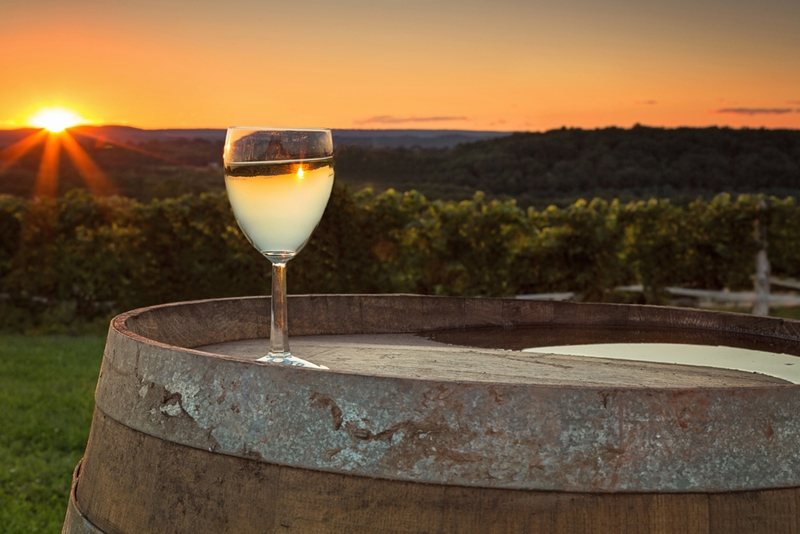Pinot noir of the Mornington Peninsula
Tweet Published on 1st June 2016 in Blog, Mornington Peninsula Activities, Mornington Peninsula Events
Published on 1st June 2016 in Blog, Mornington Peninsula Activities, Mornington Peninsula Events
The Mornington Peninsula, located an hour from Melbourne, has developed a reputation as something of a haven for the palate – drawing foodies from across the country to its sunny beaches and lush forests in order to snag a taste of some local produce. From the fresh, seasonal fruit and vegetables to the cornucopia of seafood that is reeled in from Port Phillip Bay, the region’s flavours and cuisine is sure to knock your socks off.
There is a wealth of things to do on the Mornington Peninsula, and a multitude of potential dining options. For many, the undisputed highlight of the region when it comes to both travel destinations and taste, is wine. The Peninsula is world-renowned for its vino, and while there are other beverages produced in the region (including craft beers, ciders and artisanal spirits), nothing really comes close to the juggernaut that is the ‘juice of the vine’.
 The Mornington Peninsula is famous for its wines.
The Mornington Peninsula is famous for its wines.Terroirs of the Mornington Peninsula
Although the Mornington Peninsula covers a relatively small area in comparison to some wine regions, that doesn’t mean it doesn’t have the versatility to produce a range of varietals and different flavours. To put it in perspective, the shire of Mornington Peninsula covers an area of roughly 723 square kilometres, while the Hunter Valley is spread out over almost 30,000. Despite its size, the Peninsula consists of a tremendous variety of sub-regions, each with their own special ‘terroir’.
For the uninitiated, the terroir of an area is the set of environmental circumstances that affect how a crop will develop. These factors include everything from climate to soil type, as well as a few others that you might not think would have an effect on the grapes – such as the elevation and the slope of a vineyard. These elements combine to create discreet ‘micro-climates’, and there are dozens of these across the Peninsula. This range is reflected in the number of wineries in the area (more than 50), and the many different types of grapes that are grown in the region.
The impact of an area’s terroir cannot be overstated, and the difference in taste between a wine from Red Hill and one from Dromana highlights a big part of the Mornington Peninsula’s appeal to vino aficionados.
The region’s pinot noir
While the famed ‘cool-climate ‘chardonnay and newer varietals like shiraz have become popular exports from the Peninsula in recent years, it is still the region’s pinot noir that claims the top spot on the totem pole. Pinot noir grapes are considered to be some of the hardest to cultivate, as they grow in very tight clusters and are highly vulnerable to disease and the cold. As we all know, the best things in life don’t come easy, and when properly harvested, pinot noir can produce some the most delicious tastes and smells known to humankind.
Pinot noir grapes were first planted on the Mornington Peninsula in the 1970s, and rapidly became popular throughout Australia, as well as overseas. While there was a slight downturn in quality around the turn of the century, things have rapidly picked up again over the last decade, with todays offerings amongst the best the region has ever produced.
While the effects of different terroirs can be tasted across multiple wine styles, the potency of different micro-climates is keenly noticeable in pinot noir. Gourmet Traveller describes the batches from lower-elevated, sandy soil as bold, sweet and viscous, while the high, volcanic soil produced a more savoury, “perfumed” drink.
One of the best things about wine of the Mornington Peninsula is that these different flavours can be experienced in a relatively small area. Whether you want to visit a few vineyards while staying at Moonah Links, or would prefer a perfectly matched meal at Pebbles, the bold flavours of a world-class pinot noir are waiting for you.

